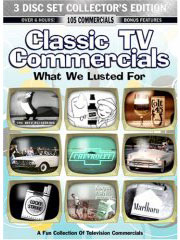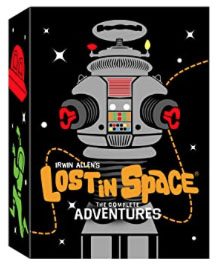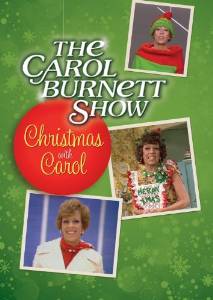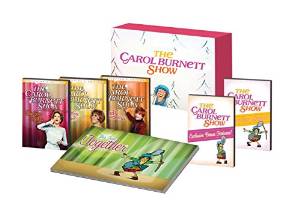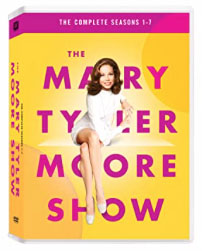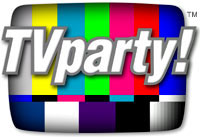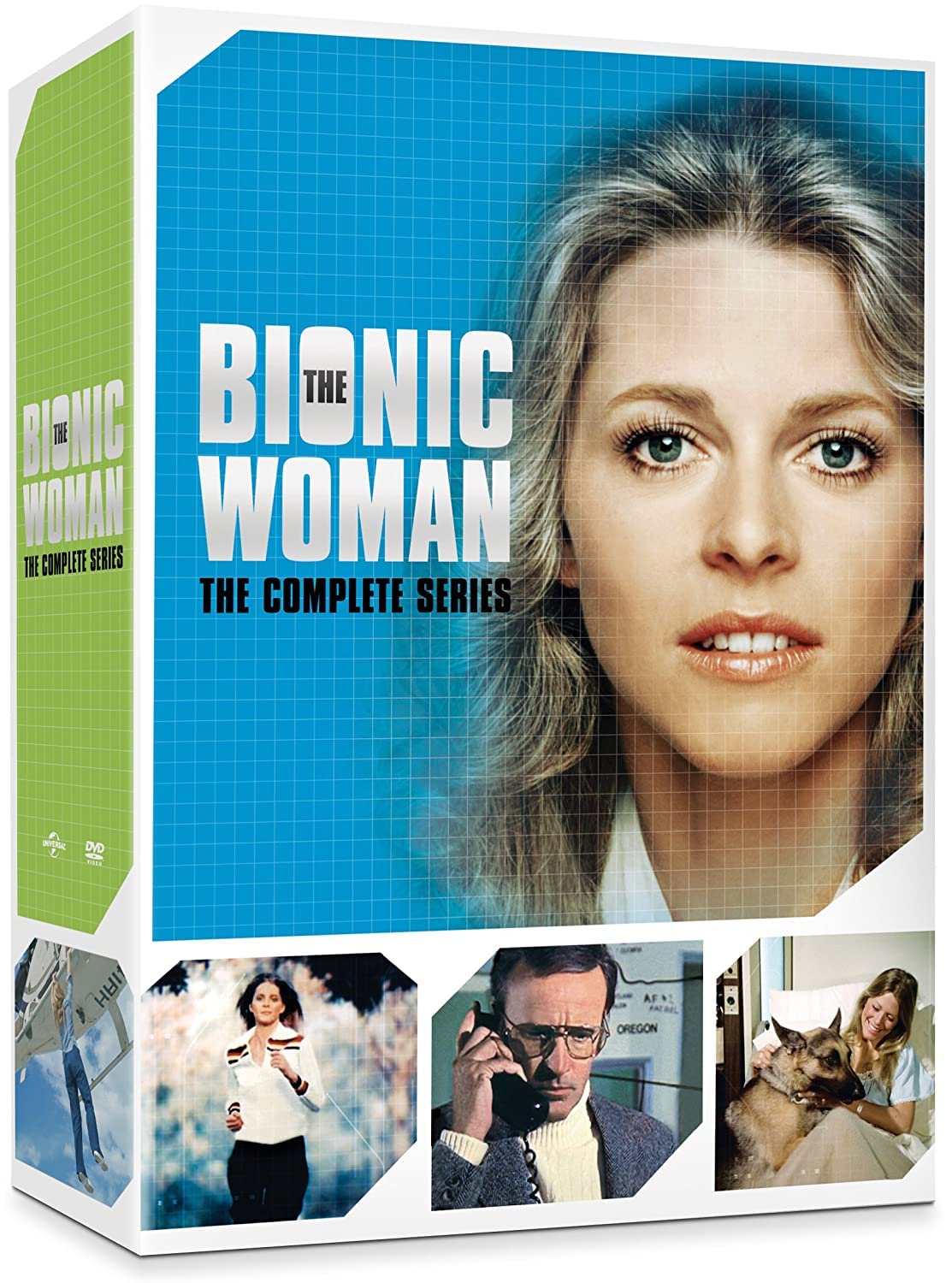|
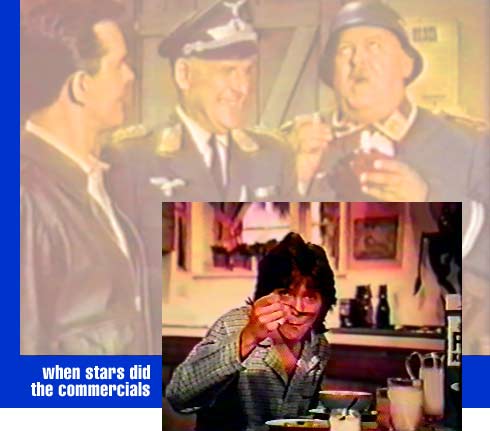
by
Billy Ingram
with video contributions
from Dan Wingate, Jeff Vilencia
and Wesley Hyatt
IN
THE BEGINNING...
In
the early days of television, a show couldn't get on the air if
there was no sponsor signed on. The advertiser (alone or in partnership
with the network) paid the cost of production in exchange for
commercials and product plugs throughout the program.
In
these clips, we'll look at a practice that ended in the seventies
- integrating the sponsor's message
into television shows using the actual cast members (usually in
character).
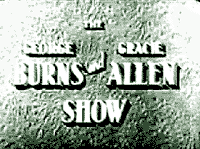 The
George Burns The
George Burns
and Gracie Allen Show
1950-1958
This
was a very popular and typical fifties' TV sitcom based on a long-running
radio program. The series only lost steam when Gracie Allen decided
to retire in 1958.
The
sponsor in 1955 was Carnation Evaporated Milk (Gracie: "How
did they milk all those Carnations?") and it's introduced
by George Burns.
TV
advertising was risky in the early days, but because George and
Gracie had been beloved radio and film stars for over a decade
by 1955, their endorsement was the best marketing campaign that
money could buy. For the first time, stars could be seen and heard
in a family's living room extolling the virtues of a product or
service. It was revolutionary.
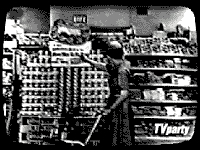 In
this filmed ad, the new wife in the neighborhood is looking good
thanks to Carnation. The announcer tells us: "She has a brand
new husband and a brand new way to fix tuna." I'll bet she
does! In
this filmed ad, the new wife in the neighborhood is looking good
thanks to Carnation. The announcer tells us: "She has a brand
new husband and a brand new way to fix tuna." I'll bet she
does!
This
commercial is a glimpse back to the days when a woman could get
everything she needed to maintain a happy marriage down at the
supermarket. As
a bonus, you get to see what a typical grocery store looked like
in 1955 - very depressing!
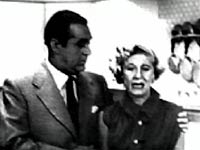 I
Married Joan I
Married Joan
1952-1955
Jim
Backus and Joan Davis starred in this wacky (but funny) 'I Love
Lucy' rip-off sponsored by GE appliances.
The
title character n this program was a total ditz (in the Gracie Allen mode). 'Joan' probably
set women's rights back forty years and made Lucy Ricardo look
like Einstein in comparison.
Naturally,
daffy Miss Joan wouldn't make a good pitchperson for major appliances,
she's the last person anyone would listen to. Instead, the actress
Joan Davis merely provides a testimonial at the end of the show,
after the sponsor message.
 The
Adventures of
Ozzie and Harriet The
Adventures of
Ozzie and Harriet
ABC / 1952
- 1966
As
the fifties matured, so did television advertising and primetime
became prime advertising time for family breakfast foods. Aunt
Jemima Pancake Mix was a primary sponsor for one the longest-running
TV series of all time, the Ozzie and Harriet program, starring
the real-life Nelson family - playing themselves, more or less.
 An
extra bonus for advertisers on this program was the endorsement
from real-live teen heartthrob Ricky Nelson who was heating up
the pop charts while keeping up his end of the familial sitcom
chores.
Wash your hands, brush your teeth and play that scene with
your Aunt Martha with a little more intensity! An
extra bonus for advertisers on this program was the endorsement
from real-live teen heartthrob Ricky Nelson who was heating up
the pop charts while keeping up his end of the familial sitcom
chores.
Wash your hands, brush your teeth and play that scene with
your Aunt Martha with a little more intensity!
Film
historian Jeff Vilencia tells us, "During the 50s and into the
mid-sixties, the third commercial in all of the major network
comedies were done by the cast and the ad agency would write the
spot around the show's script. When the last segment ended and
the last spot came up,
the cast would integrate product and plot together."
Another
custom, there was always a thirty-second spot for next week's sponsor
in the closing theme. (DID
YOU KNOW: Happy Hotpoint, seen in that clip, was played by
Mary Tyler Moore?)
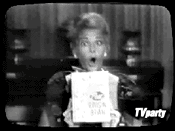 The
Betty Hutton Show The
Betty Hutton Show
1959-1960
The
movie business was in serious decline by the late-fifties. Dozens
of established stars were let go by the major studios in such
a short period of time that panic set in. Movie stars ran to television
like rats fleeing a burning warehouse.
Forties'
era film diva / pinup gal Betty Hutton tried her hand at a sitcom
in the character of 'Goldie', a manicurist who suddenly inherits
a mansion, butler, three teenage kids and a fortune. This
show failed miserably.
Here
Betty hawks Post Cereals by integrating the storyline of her lame
sitcom into the final advertisement. The
sponsor's message also takes
up quite a bit of the theme song, another common practice
in the early days of TV.
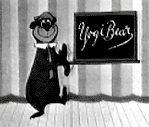 Kellogg's
Corn Flakes Kellogg's
Corn Flakes
1959 Cartoon
characters emerged as effective product pitchmen in the early days
- after all, animated characters can't get arrested for drugs or
beating their wives.
Cereal
companies often backed the initial production costs of cartoon
programs just as they did primetime shows, again to better integrate
their product message.
 Here,
Yogi Bear (Kellogg's Corn Flakes' regular pitchman in 1961) gathers
with fellow Hanna-Barbera characters (all of which were selling
various Kellogg's cereals at the time) to do a takeoff on a popular
quiz show of the era, What's My Line?. Here,
Yogi Bear (Kellogg's Corn Flakes' regular pitchman in 1961) gathers
with fellow Hanna-Barbera characters (all of which were selling
various Kellogg's cereals at the time) to do a takeoff on a popular
quiz show of the era, What's My Line?.
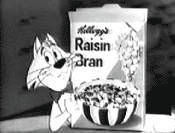 Using
established cartoon characters was considered less of a risk than
coming up with original characters that might not catch on. Although,
when you think of the many venerable characters created for cereal
campaigns in the sixties, that turned out not to be true in all
cases. Using
established cartoon characters was considered less of a risk than
coming up with original characters that might not catch on. Although,
when you think of the many venerable characters created for cereal
campaigns in the sixties, that turned out not to be true in all
cases.
 For
example, more people today know the Cheerios
Kid, Cap'n Crunch and the Trix Rabbit than know Pixie,
Dixie and Jinx (who were selling
Raisin Bran in 1961). The
Cheerios Kid not only had Go-Power,
he had staying power - lasting from the 1950s into the 1990s! For
example, more people today know the Cheerios
Kid, Cap'n Crunch and the Trix Rabbit than know Pixie,
Dixie and Jinx (who were selling
Raisin Bran in 1961). The
Cheerios Kid not only had Go-Power,
he had staying power - lasting from the 1950s into the 1990s!
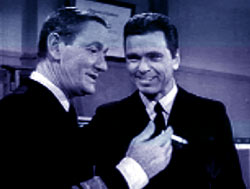 Hennesy Hennesy
1959-1962
Jackie
Cooper and Roscoe Carnes starred in this fondly remembered Naval
comedy and they appeared in the ad at the end of the show for
Kent cigarettes with the Micronite filter.
While
most of the commercials that featured sitcom characters also included
canned laughter, this one didn't. Hennesy was one of the
rare sitcoms that didn't use a laugh track.
 The
Andy Griffith Show The
Andy Griffith Show
1960-1968
Post
(along with Sanka) also sponsored The Andy Griffith Show,
naturally scenes were filmed showing Andy, Opie, Barney and Aunt
Bee enjoying breakfast together.
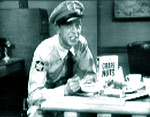 Here
is a Post Grape Nuts spot
with Andy and Barney - featuring an end tag with the theme music
from the early years, with the sponsor's product seen along side
the credits. Here
is a Post Grape Nuts spot
with Andy and Barney - featuring an end tag with the theme music
from the early years, with the sponsor's product seen along side
the credits.
The
ending credits had to be re-done without the product illustration
in the corner for syndication and reruns.
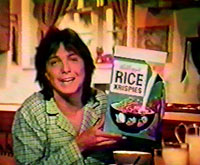 The
Partridge Family
The
Partridge Family
1970-1974
The
practice of using sitcom characters as salespeople disappeared
almost entirely with the advent of the seventies. Television stars
were now big enough to command their own endorsement deals and
didn't want to be saddled with network commitments into which they
had no input.
One
of the last examples would be Kellogg's sponsorship of The
Partridge Family in 1970. The first commercial shows the whole
family waking up to the sound of Kellogg's Rice Krispies.
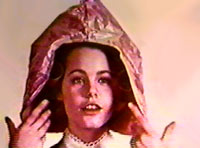 Notice
in that spot that there was no close-up for Laurie Partridge, played
by Susan Dey. That's because she had a separate deal, as the groovy
spokesperson for Misty
hair dryers. Notice
in that spot that there was no close-up for Laurie Partridge, played
by Susan Dey. That's because she had a separate deal, as the groovy
spokesperson for Misty
hair dryers.
In
another commercial break for Rice Krispies, only Shirley
Jones and David Cassidy (the Harriet and Ricky Nelson of the seventies)
are seen.
The catchy jingle is sung by The Partridge Family (the recording
group that included Jones and Cassidy). |
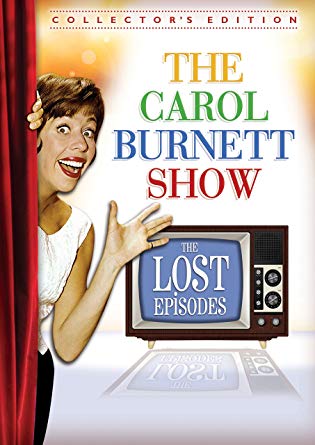
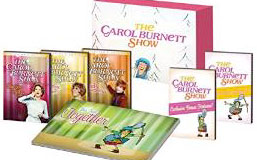
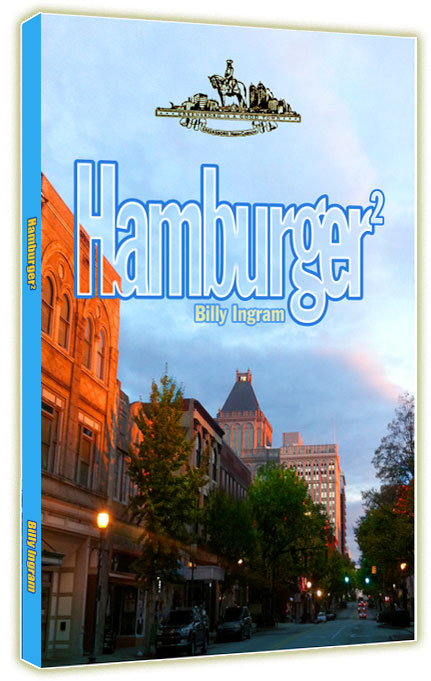
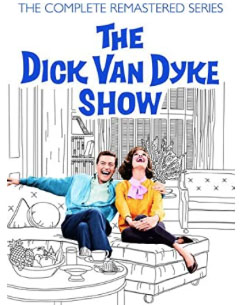
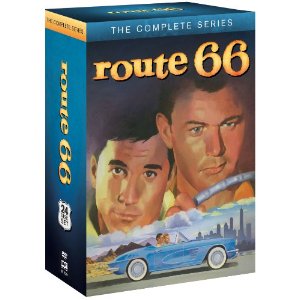
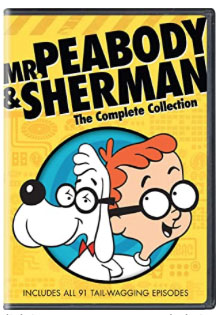
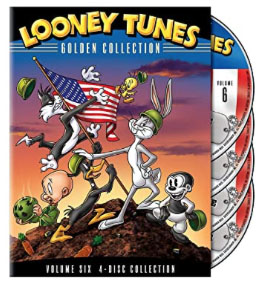







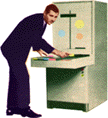 Sonny
& Cher / Smothers
Brothers / Commercial
Icons of the 1960s /
Soupy Sales / The Carpenters / Route 66 / Bozo / The Carpenters Christmas Specials / Local Kid Shows / Death of TV's Superman / Wonderama / Sesame Street / Bob Hope Specials / Little Rascals / 1980's Retro Gay T-Shirts / 1980's TV Wrestling / Fess Parker / Howdy Doody /
TV Blog / Lost In Space / Pinky Lee / 1980's LA Punk Rock / Alex Toth Book / TV Terrorists
/ Irwin
Allen / The Untouchables / Carol
Burnett Show / Batman TV Show / Green Hornet / Today Show History / Our Gang / Doris Day Show / 1970's Commercials For Women / Bill Cosby in the 1970s / The Golddiggers / Lola Falana / 1970s TV Shows / David Bowie on TV / Hudson Brothers / Jackie Gleason / Hollywood Squares /
Match Game / Bob Keeshan / Gumby / The Flip Wilson Show / Glen Campbell Goodtime Hour / The Bobby Darin Show / The Richard Pryor Show / George Burns / Celebrity Commercials
/ Rudolph / Movie
Posters & More!
Sonny
& Cher / Smothers
Brothers / Commercial
Icons of the 1960s /
Soupy Sales / The Carpenters / Route 66 / Bozo / The Carpenters Christmas Specials / Local Kid Shows / Death of TV's Superman / Wonderama / Sesame Street / Bob Hope Specials / Little Rascals / 1980's Retro Gay T-Shirts / 1980's TV Wrestling / Fess Parker / Howdy Doody /
TV Blog / Lost In Space / Pinky Lee / 1980's LA Punk Rock / Alex Toth Book / TV Terrorists
/ Irwin
Allen / The Untouchables / Carol
Burnett Show / Batman TV Show / Green Hornet / Today Show History / Our Gang / Doris Day Show / 1970's Commercials For Women / Bill Cosby in the 1970s / The Golddiggers / Lola Falana / 1970s TV Shows / David Bowie on TV / Hudson Brothers / Jackie Gleason / Hollywood Squares /
Match Game / Bob Keeshan / Gumby / The Flip Wilson Show / Glen Campbell Goodtime Hour / The Bobby Darin Show / The Richard Pryor Show / George Burns / Celebrity Commercials
/ Rudolph / Movie
Posters & More! 
